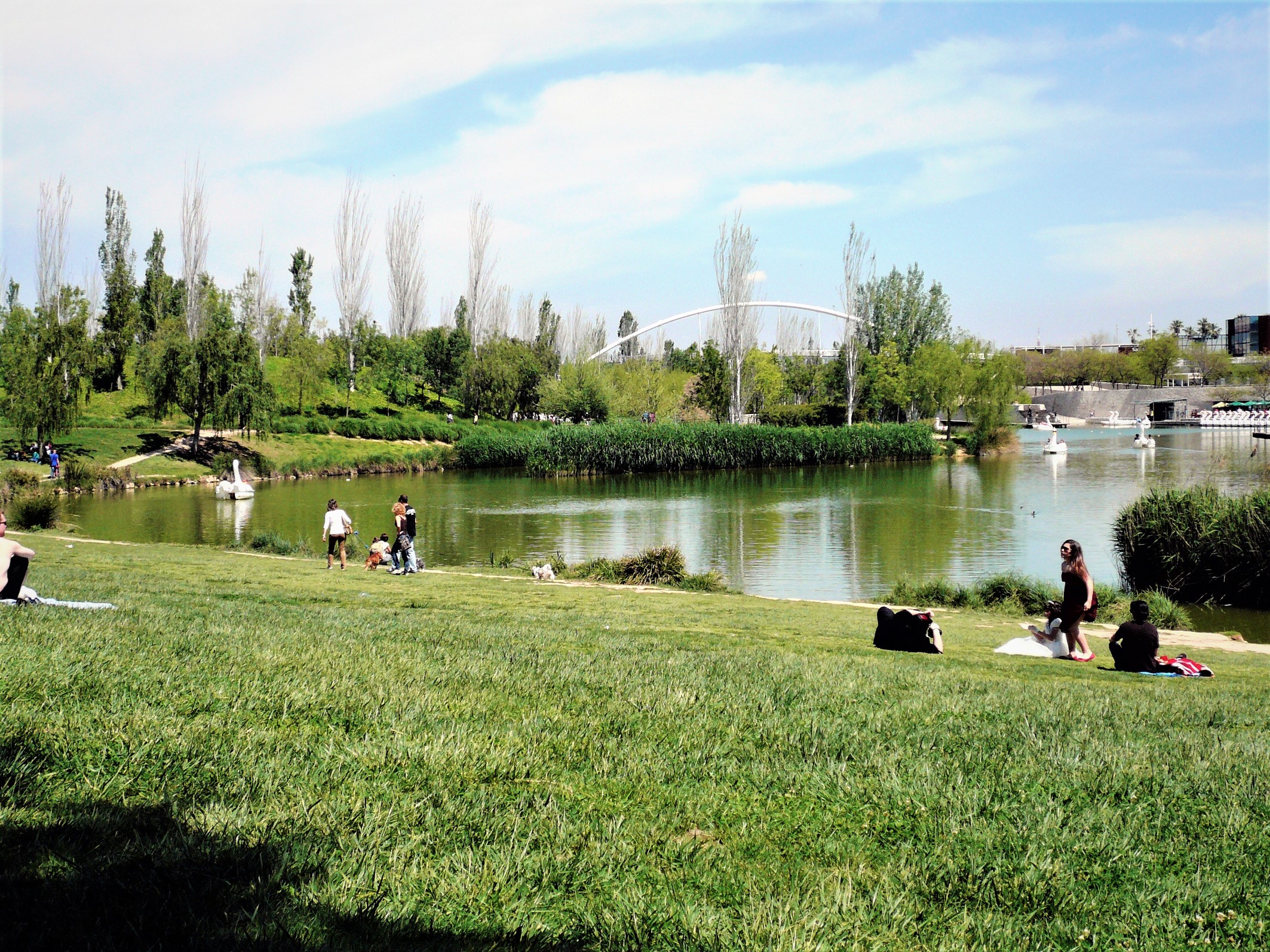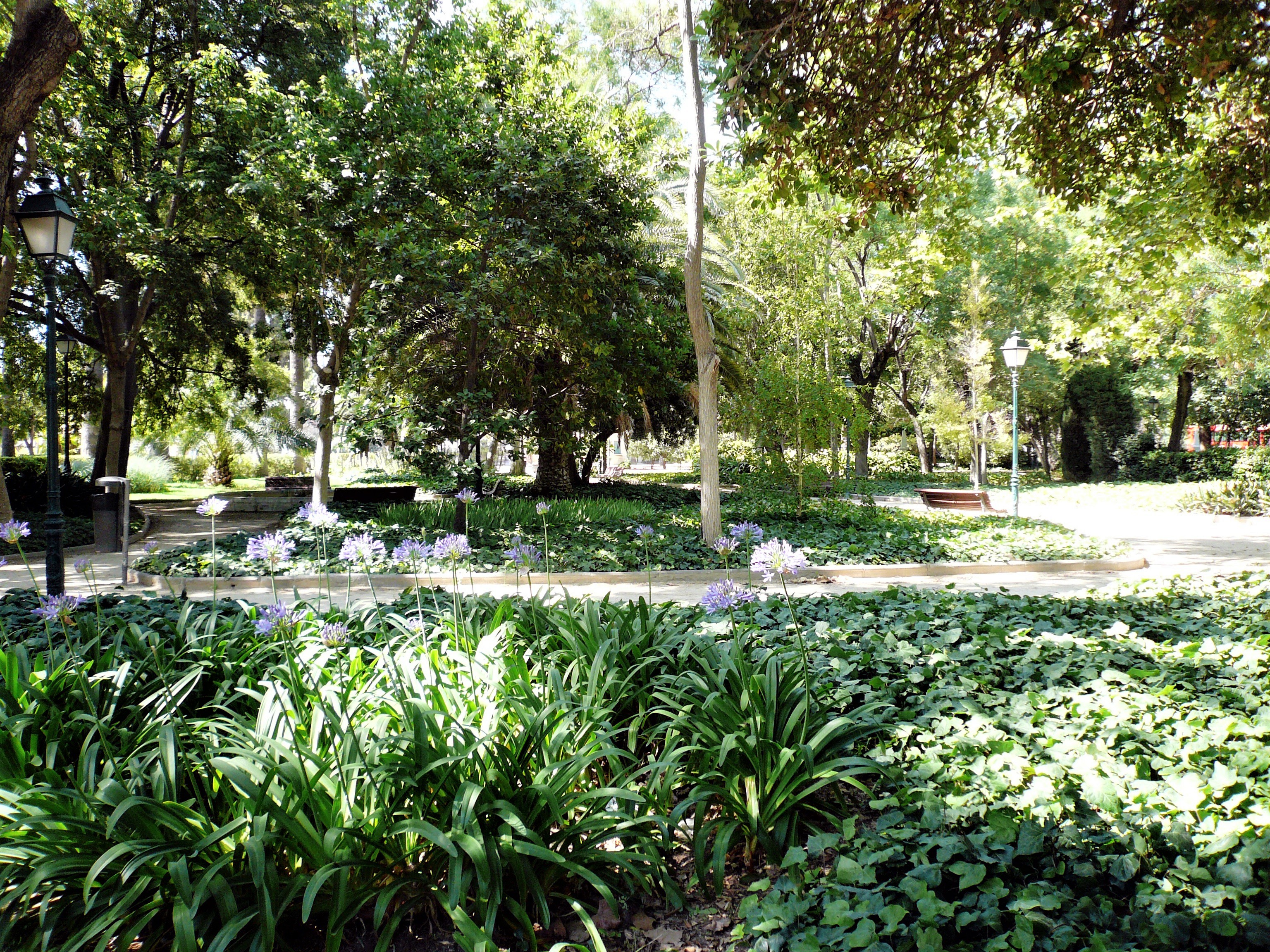The gates of Serranos never fulfilled a defensive function (they were never attacked). They did serve, as a reception for kings and for celebrations. These towers were also used as a prison from 1586 to 1887.
The Cabecera Park is located on the historic bed of the Turia River, on the border of the municipality of Mislata, and is over 330,000 m2. It was inaugurated in the year 2004.
The park is conceived as a project that, in the future, will unite the natural bed of the Turia river with its artificial diversion.
The city's first gas lighting was inaugurated in the Glorieta in the mid-19th century, in a cafe located next to the monumental gate.
The park is managed by the Municipal Public Foundation for Unique Parks and Gardens.
In this street some noble buildings are preserved, such as the palace of the Pascual Guillem, from the 17th century.
The building opposite, another noble building, is currently a residence for the physically disabled.
The interior is overflowing Baroque, with statues by Jacobo Bertessi, and the vault was painted by Antonio Palomino to have it ready on Saint John's Day in 1701. Luis López, son of the painter Vicente López, carried out a restoration of the frescoes in 1861.
The main altarpiece is that of the missing church of Asunción de Betolaza (Álava), which was brought to the church of Santos Juanes in 1969.
The north face of the Almudín building overlooks this narrow alley.
The current gardens have more than 100 different species of trees and a large number of shrubs. The vegetation stands out for its variety, with specimens of great size and age, although it can be said that Mediterranean forest and riparian forest specimens dominate.
In this street was the famous La Morellana hostel, in an 18th century building now renovated, and which with the name of Antigua Morellana continues as accommodation.
The towns located on the coast, Grao and Cabañal, would not pass to Valencia until 1897. Until then they had remained autonomous populations.
In these towns, a popular architecture developed between the late nineteenth and early twentieth centuries, which appears as a free and original interpretation of modernism.
Starting in 1946, the museum moved to its current location in the old San Pío V school. From that date, until 1983, the premises were occupied solely by the San Carlos School of Fine Arts and the School of Arts and Crafts. .
Going back further in time, the Real gardens are located on the old recreational estate of the Moorish king of Valencia, Ali Bufat Muley. After the conquest of Valencia by Jaime I, the Royal Palace with its gardens was built here.
















